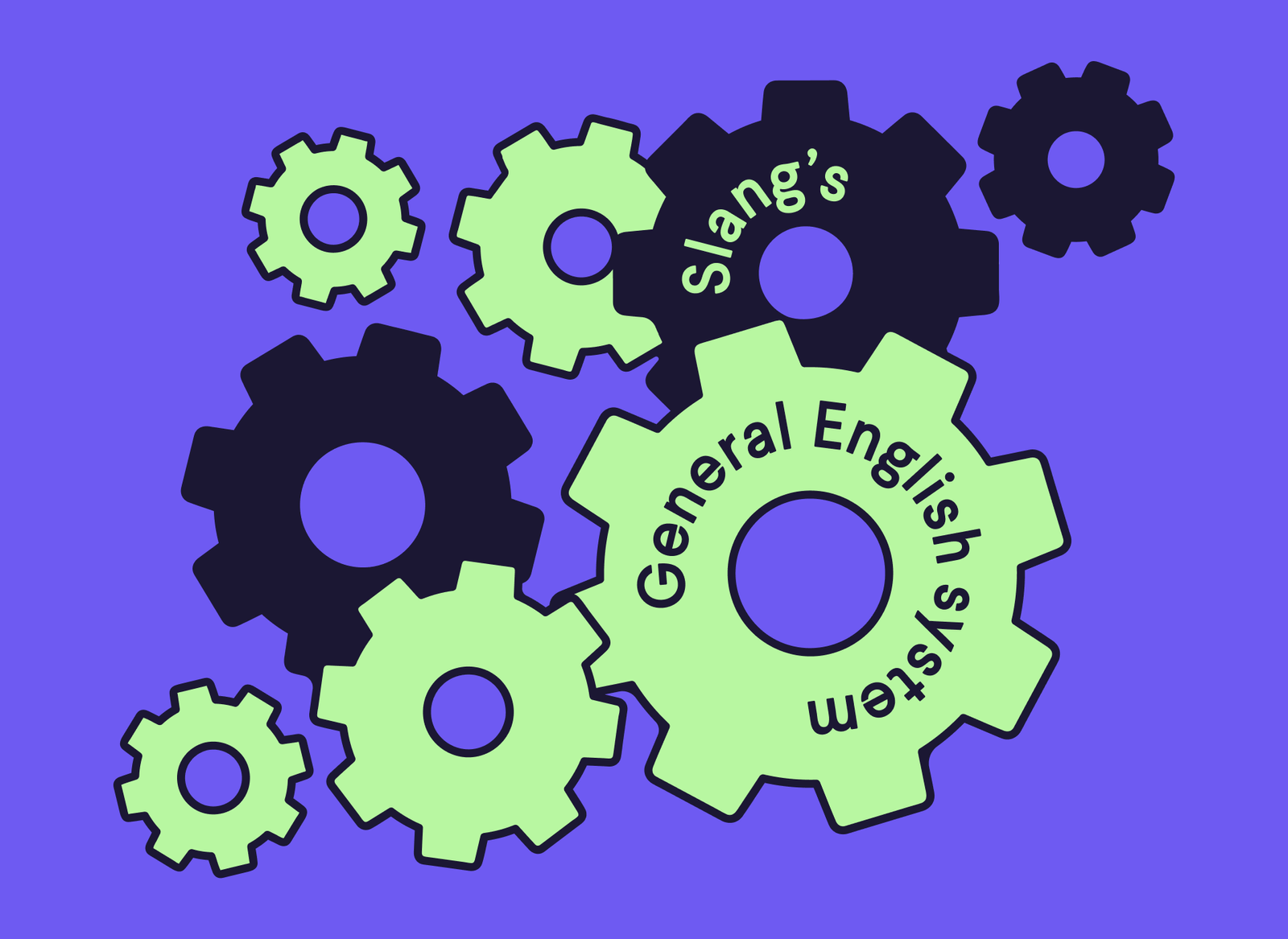Did you know that organizations that test their employees’ English ability tend to show better employee engagement in their bilingual programs? Slang’s dedicated team of customer success consultants have discovered this best practice in the process of coaching a number of organizations in implementing bilingual programs. In fact, we’ve found that periodic assessment of employees’ English proficiency, if done properly, can help to motivate your employees to study hard and continue improving their level.
Along with that, our customer success team also recommends a number of other best practices that can help make your program a success! Here are a few:
Combatting test-taking anxiety
First of all, it’s important to recognize that many people suffer from what is called “foreign language anxiety” — a belief that they are simply bad language learners and cannot learn English. This results in significant stress for the learner and actually becomes a self-fulfilling prophecy that prevents them from learning effectively. Especially if you are implementing an English program for the first time, employees may feel worried about getting poor results. Employers can reassure their employees that taking the General English test is not about passing or failing, it is about customizing each person’s study plan for the greatest learning success! At the end of the day, you want your employees to view learning English as a valuable benefit provided by your organization and as a positive experience that benefits them in their careers, isn’t that right? After all, positive attitudes towards language learning have a huge impact on learning outcomes!
Implementation recommendations
So, how can you implement Slang’s General English test in a way that reduces anxiety and improves the learning experience? Thankfully you don’t have to be an English-teaching expert to do this! In this article, we’ll cover some common implementations that typically work for our clients, but your dedicated customer success consultant is also here to advise you on a plan that is customized for your organization’s needs.
We typically recommend that organizations take the Slang General English test at the beginning of their implementation, or whenever new employees join the program. Learners can retake the test later on to measure how much they’ve progressed. It often works well to administer the test at 6-month intervals, as this allows enough time for the learner to have made significant progress and feel a sense of accomplishment and motivation when they see how much their score has gone up.
Specific benefits of periodic testing
Here are some of the specific benefits to employers of utilizing Slang’s General English test to measure their employee’s overall proficiency level:
1. Motivation
Employees feel excited when they see the improvement in their score, and this can motivate them to continue with the program and take additional courses. Additionally, knowing that they will have a post-test after a certain amount of time encourages learners to stick with their study plan and meet their goals.
2. Placement
It can be very frustrating to take a class that is too difficult for you, or one that covers a lot of material you already know. The results of Slang’s General English test can be converted into placement recommendations to identify the best course for each person to start with, to make sure they are challenged appropriately and don’t waste any time.
3. Organizational progress tracking
Many organizations have team or departmental goals relating to bilingualism and English proficiency. Managers can use our Learning Management System (LMS) to easily assign tests and stay on top of their employee’s progress towards these goals. This data can also be used to promote a culture of language-learning within the organization. For example, you might consider encouraging employees to collaborate with each other in forming good study habits by offering prizes to the team with the most study hours logged in a quarter.
4. Return on investment
The team in charge of bilingualism initiatives at your company can easily track KPIs relating to English proficiency. Test results can be used to measure employee’s learning outcomes and assess the success of the program. Your customer success consultant will also periodically review these results with you to discuss any improvements to the program that you might like to make in order to better engage specific groups of employees.
5. Human resources planning
Human resources teams can assess the overall English abilities of the organization against strategic needs on a department-by-department basis. For example, depending on the results, you might consider asking employees of a specific department to set aside English study time during the workday, or even investing in hiring more bilingual personnel within a certain functional area. Planning effective retention, hiring, and training and development programs starts with getting good data!
We created Slang’s General English test to improve your organization’s bilingualism initiatives and to help your employees be the best they can be. If you implement testing effectively by following the tips we’ve gathered, we know your English learning program will be a success!
If you want more information on the Slang’s General English test you can contact our support team by email: [email protected].





